“Play is the highest form of research” – Albert Einstein.
Overweight and obesity are one of the major concerns amongst children of 3-10 years of age around the world. According to WHO, the prevalence of overweight and obesity among children aged 3-10 has risen dramatically from just 4% in 1975 to over 18% in 2016.
Causes: Its major cause is an increase in physical inactivity due to the rise in a sedentary lifestyle, changing modes of transportation, and use of electronic gadgets. Learning for a child isn’t just in a classroom or a playground but it is also what it perceives in its surroundings.
Aim
To carry out a visibility analysis of the route a child would take on it’s way from the school to the Play area.
Objective
To understand the barriers and vistas a child experiences in it’s daily routine.
Goal
To develop a detailed route and visibility periphery of a child from different schools to the nearest or farthest play area.
Analysis
The study intents to pave the way for urban designers to carry out better and interactive interventions that can be executed to catch the interest of children. It is an attempt to truly see how can a child can be pulled towards the playgrounds in each neighborhood.
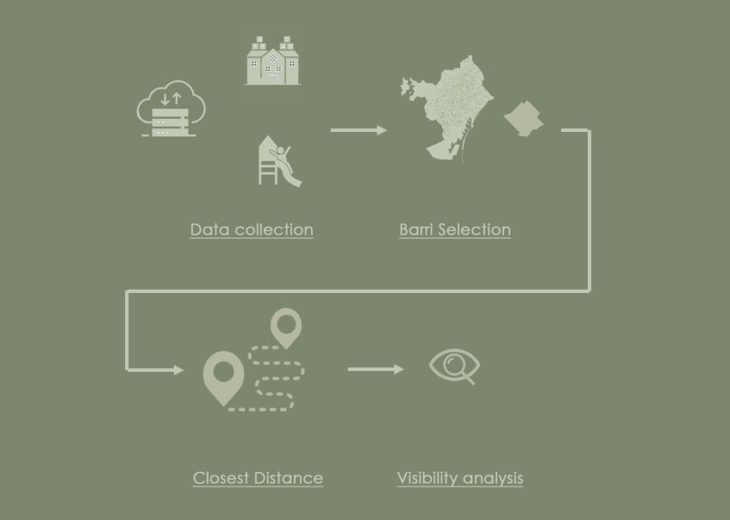
Data Collection
– Downloading the shapefiles of the neighborhoods (barris) of Barcelona.
– Mapping the locations of Escuela Infantil and the play areas
– Filtering and calculating the numbers for each location on Qgis.
Barri selection
– Analyzing the basis according to the ratio of schools and play areas and selecting 1 Barri with the highest ratio
Closest distance
– Re-mapping the Barri with the two datasets and identifying distances between them.
Detail Analysis
– Carrying out a visibility analysis on grasshopper to find out the visual obstacles and walking a child’s way.
Conclusion
– This analysis would help in creating possible interventions that can attract children to the playgrounds more.
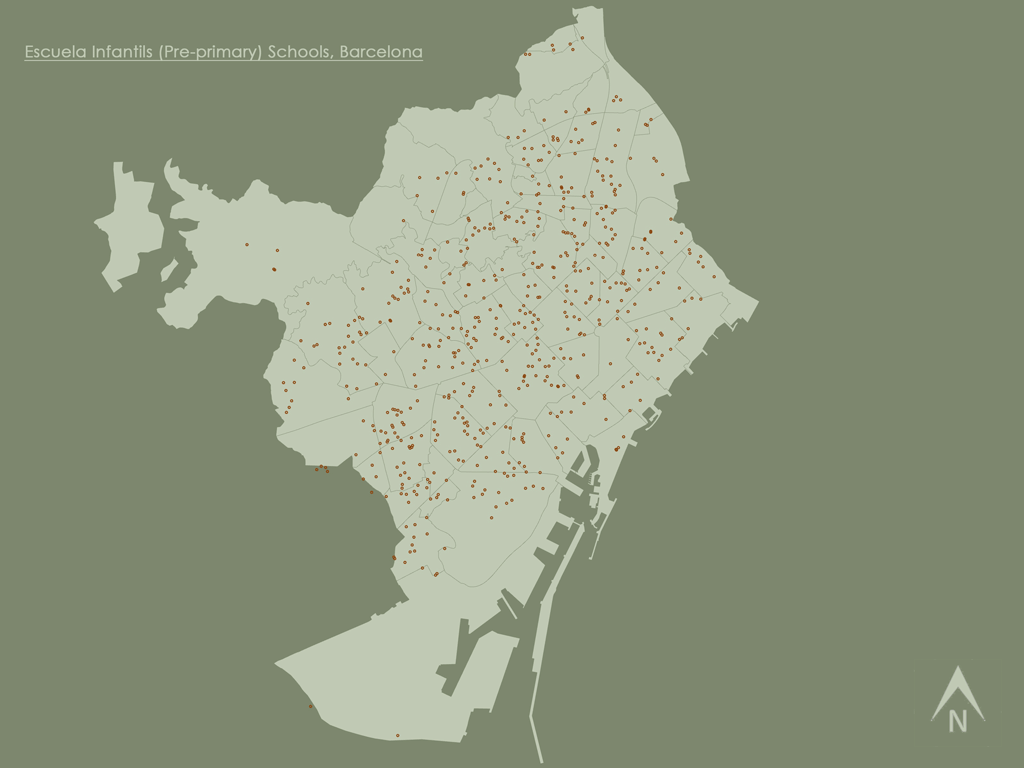
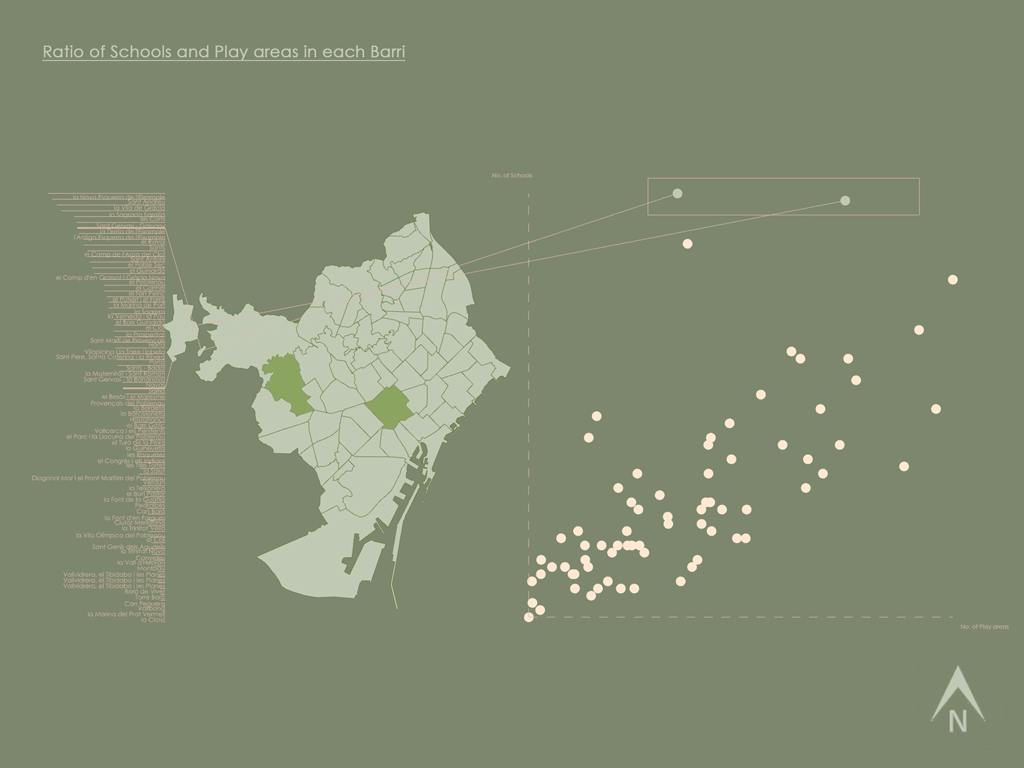
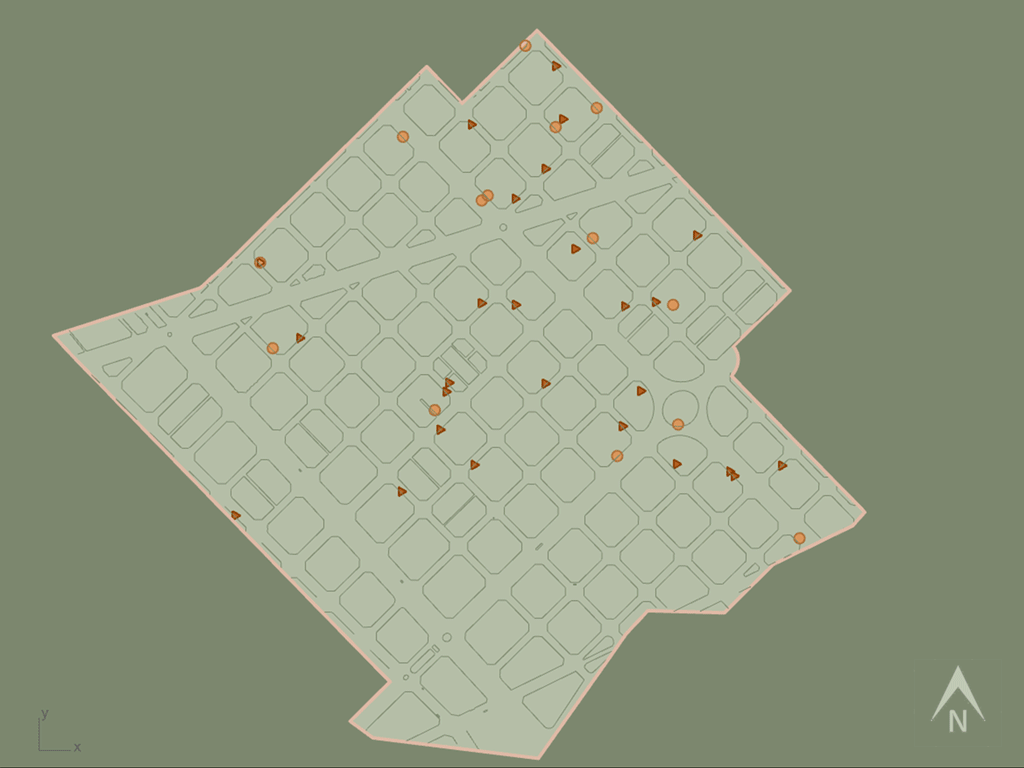
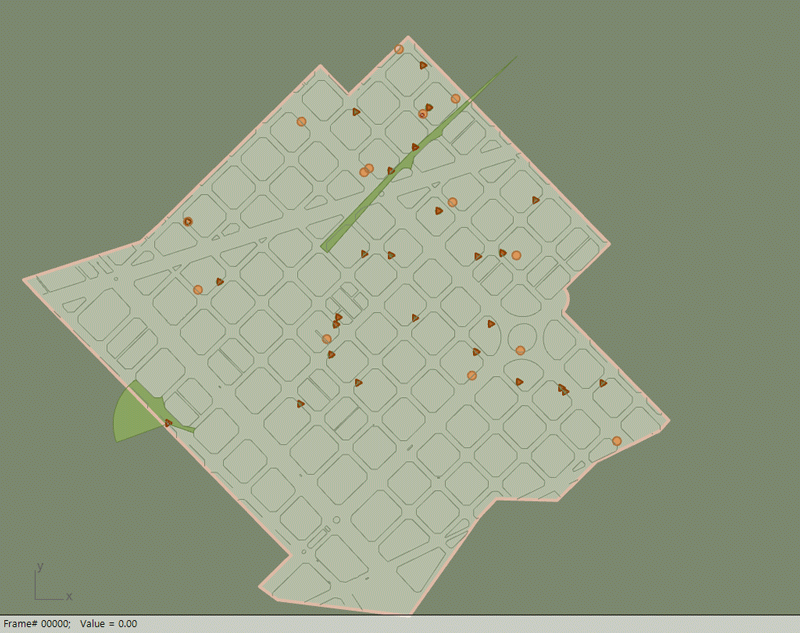
CONCLUSION
With the above analysis we conclude that this approach can be taken into accordance to identify the visual barriers and make alterations to enhance them for kids. The routes from school to the playgrounds can be re-imagined and made interactive so kids can explore the spaces in the city. Children perceive from their surroundings and learn, creating such spaces in the city would not only attract them to be active but also make the spaces in the city lively.
Data Source: Open Data BCN & Quick OSM
A child’s way to play is a project of IAAC, Institute for Advanced Architecture of Catalonia developed Master in City and Technology in 2021/2022
Students: Kriti Nirmal
Faculty: Eugenio Bettucchi and Iacopo Neri